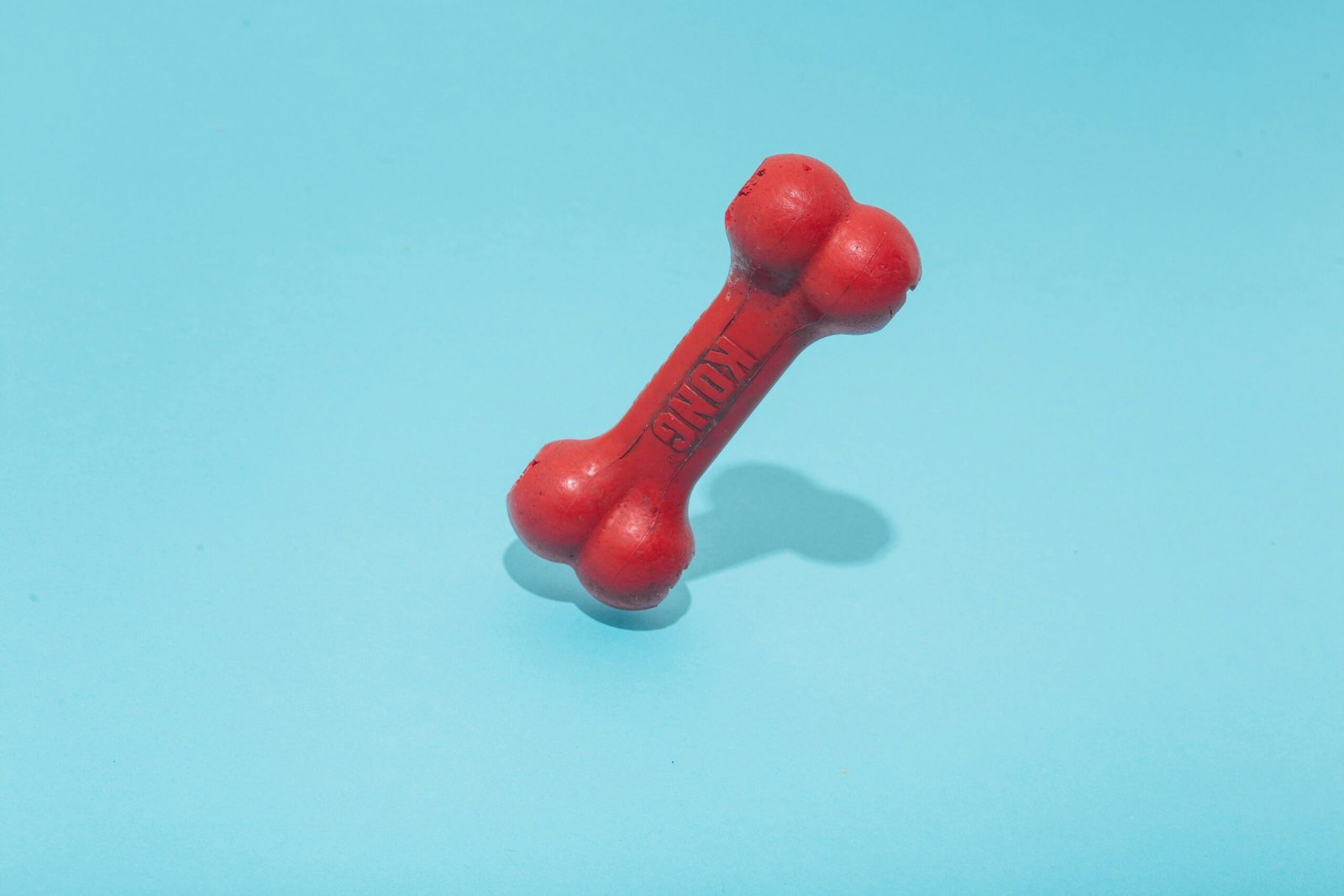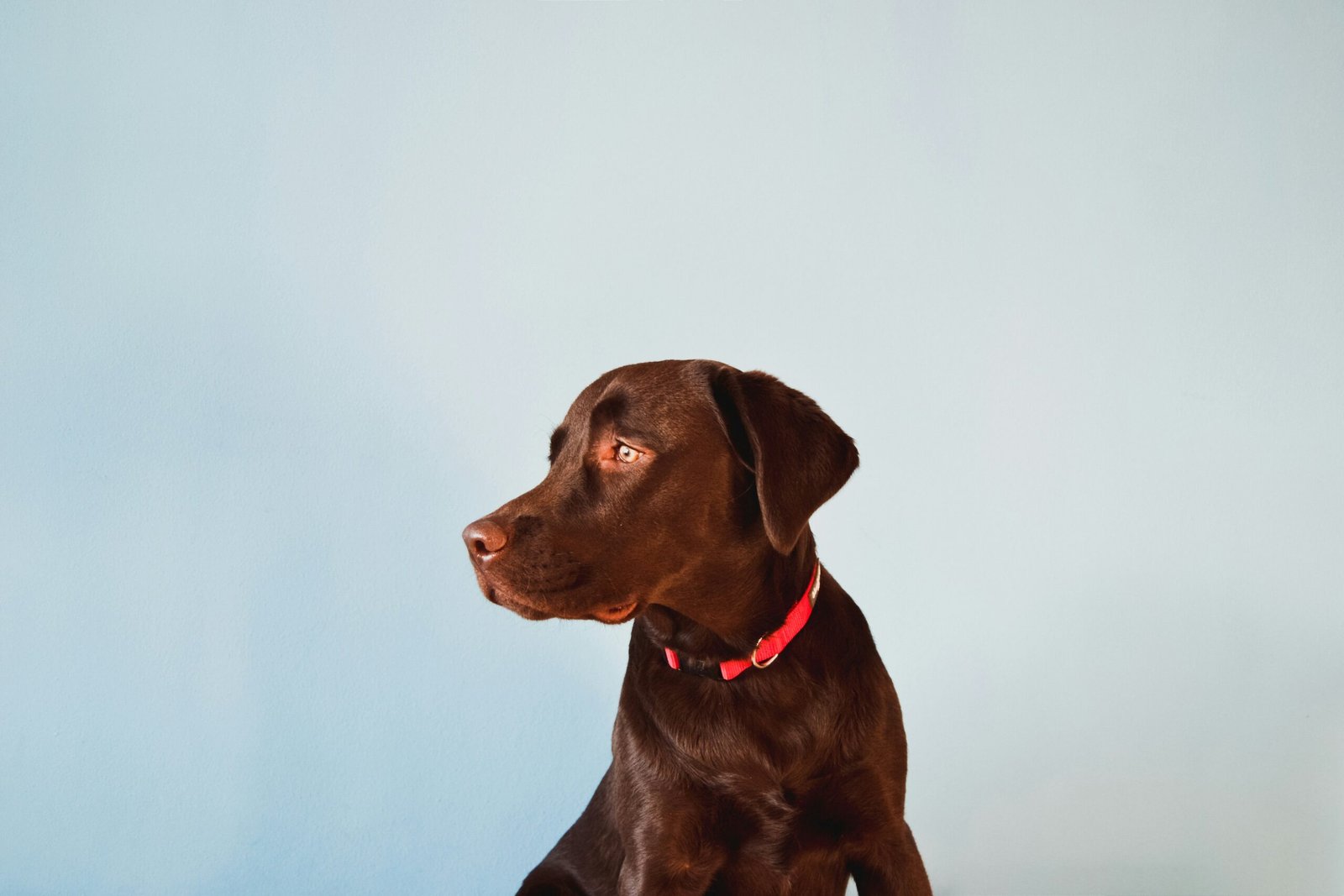Why DIY Pet Toys and Accessories?
Creating DIY pet toys and accessories offers numerous advantages that extend beyond simple cost savings. One of the primary benefits is their cost-effectiveness. Unlike store-bought options, DIY creations allow you to utilize materials you already have at home, significantly reducing expenses. This approach can save you money while still providing high-quality and engaging toys for your pets. Moreover, by selecting and repurposing household items, you can contribute to reducing waste, thus promoting more sustainable and environmentally friendly practices.
An additional benefit of DIY pet projects is their customizability. Store-bought toys and accessories come in standard designs that may not cater to the unique preferences and needs of your pets. When you create items yourself, you can tailor them to suit your furry friend’s specific likes and dislikes, ensuring a more personalized experience. Whether your pet loves to chew, chase, or fetch, you can design toys that match their activity level and interests, enhancing their playtime enjoyment.
The experience of crafting these items is also an enjoyable and rewarding endeavor. Engaging in DIY projects can be a fun activity, providing a creative outlet and a sense of accomplishment. Additionally, making toys and accessories for your pet can strengthen the bond between you and your furry companion. The time spent creating and playing with these items fosters a deeper connection, allowing for memorable interactions and shared joy.
Incorporating DIY elements into your pet’s life has lasting positive impacts, from financial savings to environmental sustainability and enriched personal interactions. By choosing to craft pet toys and accessories, you not only cater to your pet’s individual needs but also cultivate an eco-friendly lifestyle and enhance the quality time spent together.
Essential Materials and Tools for DIY Projects
Embarking on DIY projects to create toys and accessories for your pets can be incredibly rewarding. The first step in this creative journey is gathering the essential materials and tools. One of the primary considerations should be the safety of your pets; selecting pet-safe, non-toxic materials is crucial to ensure their well-being.
Commonly used materials for DIY pet toys and accessories include fabric, rope, cardboard, and non-toxic glue. Opt for durable fabrics like cotton or fleece, which can withstand playful pets and are gentle on their paws and mouths. Rope is another versatile material, perfect for creating tug toys or handles for various items. Cardboard provides a simple yet effective material for crafting tunnels, scratching posts, or interactive toys. Non-toxic glue is essential to securely bond materials together without posing any health risks.
Sewing supplies are often indispensable for these projects. Basic items such as needles, thread, and scissors are crucial for crafting sturdy and safe accessories. A sewing machine can expedite the process, allowing for more intricate designs and thorough reinforcement. Pliers, particularly needle nose or standard, can also be handy for bending wires and working with tougher materials.
Beyond purchasing new materials, one can also repurpose everyday household items to keep costs low and promote sustainability. Old t-shirts and towels, for instance, can be transformed into chew toys, bedding, or even stylish bandanas. Using items that are already soft and familiar to your pet can make the transition to new toys easier and more comforting for them.
In summary, arming yourself with the right materials and tools not only ensures the safety and enjoyment of your pets but also enhances your DIY crafting experience. By focusing on non-toxic, durable materials and repurposing household items, you can create a variety of cost-effective and sustainable toys and accessories that will keep your furry friends entertained and happy.
DIY Toy Ideas for Dogs and Cats
Creating DIY pet toys can be both a rewarding and economical alternative to store-bought options. Many pets thrive with the engagement and stimulation provided by these customized toys, and you can tailor each project to suit your pet’s specific needs and preferences.
For dogs, braided rope toys are an exceptional choice. Start with three pieces of durable fabric, each about three feet long. Knot the strips together at one end and braid them tightly, securing the bottom with another knot. These simple yet effective toys can withstand vigorous tugging and are perfect for interactive play. Customize by using different fabrics or adding a tennis ball to the braid for added challenge.
Cats often enjoy crinkle toys made from repurposed materials. To make a crinkle toy, cut a piece of fabric into a rectangle, place a crinkly material (such as an empty, clean snack bag) in the center, fold the fabric, and sew the edges. Alternatively, you can tie the fabric pieces around the crinkle material to avoid sewing. These toys mimic the sound of prey, enticing your feline to engage in playful pouncing and batting.
Interactive toys like treat-dispensing puzzles cater to both dogs and cats, providing mental stimulation as they work to retrieve the treats. Create a simple puzzle by cutting holes of various sizes in a plastic bottle, ensuring the edges are smooth to prevent injuries. Fill the bottle with your pet’s favorite treats, and watch them try to figure out how to get to the goodies. For cats, feather wands can be made by attaching feathers, ribbons, or small toys to a stick using string or hot glue. This dynamic toy will trigger their natural hunting instincts.
Customizing these toys to fit your pet’s size, activity level, and preferences is key. Always use safe, non-toxic materials and inspect the toys regularly for wear and tear. Supervision is crucial during playtime, particularly when introducing new toys, to ensure the safety of your furry friend. By taking these steps, you can create enjoyable and safe play experiences for your pet.
“`html
Creating DIY Accessories for Your Pets
Enriching the daily lives of your pets with DIY accessories can be a rewarding endeavor, providing both functional and personalized items. Personalized collars, pet beds, and custom clothing are excellent starting points for any pet owner looking to craft unique accessories.
For a personalized collar, begin by selecting a pet-safe, durable fabric. Measure your pet’s neck accurately to ensure a perfect fit. Cut the fabric to size, adding an extra inch for seam allowance. Fold the fabric lengthwise and sew along the edges, leaving one side open to insert a buckle and D-ring for leash attachment. Customize the collar by adding embellishments like embroidery, fabric patterns, or small, pet-safe charms.
Creating a DIY pet bed involves choosing the right materials for comfort and durability. Select a thick, washable fabric and measure it to fit your pet’s size, allowing ample space for movement. Cut two pieces of the fabric, sew them together, and leave a small opening to insert stuffing. Use hypoallergenic, pet-safe stuffing material for maximum comfort. Once filled, sew the opening shut and reinforce the seams to ensure durability.
When making custom pet clothing, fabric choice is crucial for comfort and ease of cleaning. Measure your pet’s torso, chest, and neck to determine the appropriate size. Use a stretchy, washable fabric for flexibility. Create a simple pattern by tracing your pet’s measurements on the fabric, including areas for the legs and head. Sew the pieces together, ensuring all seams are smooth to prevent irritation. Customize the clothing with decorative elements like fabric paint, applique designs, or soft fabric patches.
Practical aspects such as proper fit, comfort, and durability must be prioritized when designing DIY accessories. Accurate measurements ensure the accessories fit snugly without being too tight or loose. Use pet-safe materials to avoid allergic reactions and ensure the items can withstand regular wear and tear. Additionally, choose fabrics and materials that are easy to clean, maintaining hygiene and prolonging the lifespan of your creations.
By carefully selecting materials and considering practical aspects like fit and durability, you can create DIY accessories that not only enhance your pet’s comfort and style but also reflect your creativity and care.
“`

